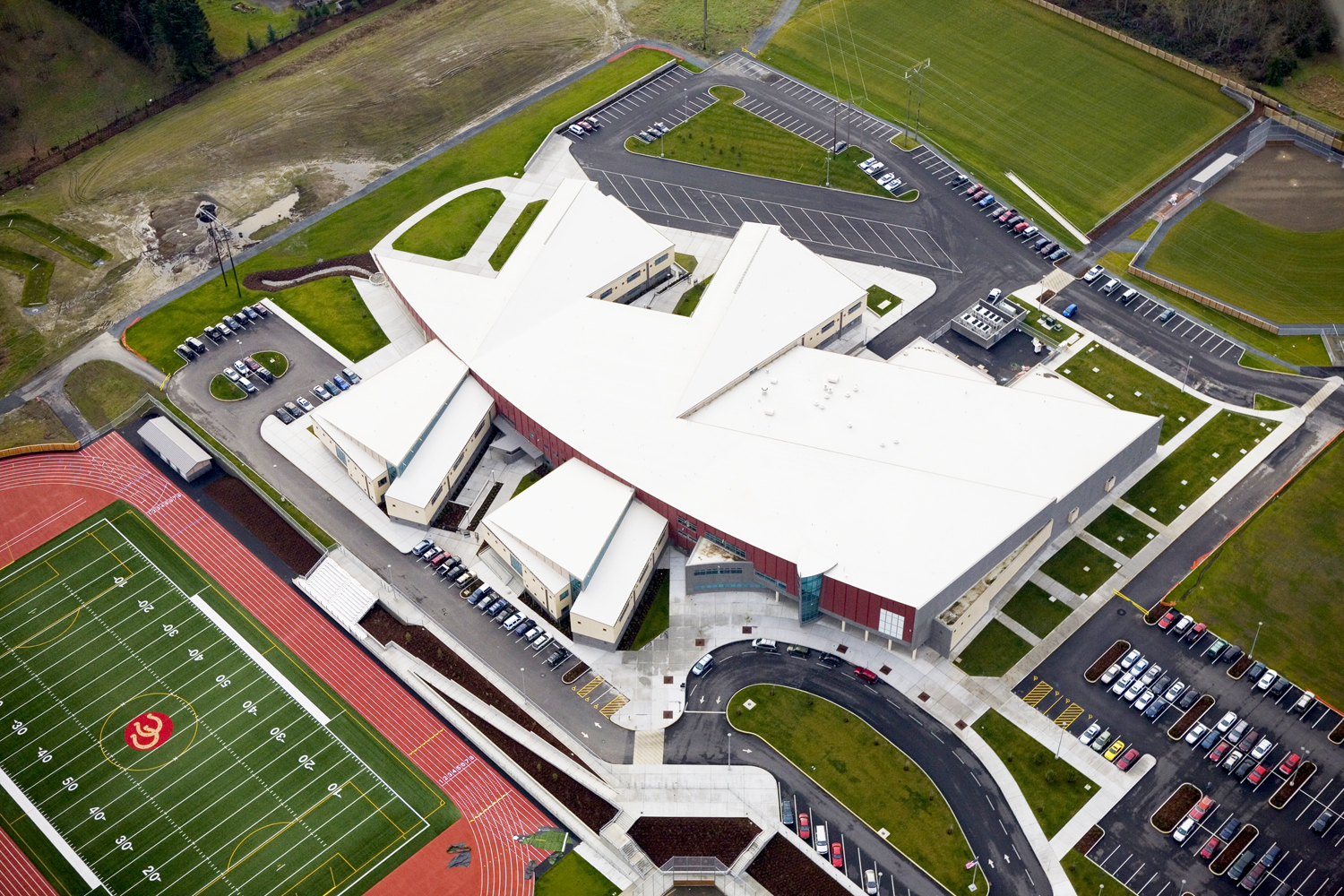
The prescriptive compliance path in ASHRAE 90.1 is described in Section 6.4. Let’s compare the prescriptive paths for HVAC systems between the two standards. If it did, an engineer could at least have fun chasing his tail while pondering the nuanced alternatives available for compliance.
A Performance Rating Method is described in its Appendix G.ĪSHRAE 90.1 doesn’t list the IECC as an alternate compliance path. An Energy Cost Budget Method is detailed in Section 11 and. Prescriptive requirements exist under Section 5, Building Envelope Section 6, Heating, Ventilating, and Air Conditioning Section 7, Service Water Heating Section 8, Power Section 9, Lighting and Section 10, Other Equipment. 
The compliance path specified in ASHRAE 90.1 is also three-fold but different than the IECC:
COBRA BUILDING ENVELOPE CONTRACTORS CODE
Is the IECC the code or is ASHRAE 90.1? A review of both standards shows nuanced differences between the compliance paths in each document however, for the most part, the obligations in both are similar.
 Demonstrating that the building energy cost is 85% of the standard reference design. Satisfying prescriptive requirements for Building Envelope Requirements (Section C402), Building Mechanical Systems (Section C403), Service Water Heater (Section C404), Electrical Power and Lighting Systems (Section C405), Additional Efficiency Package Options (Section C406), Total Building Performance (Section C407), and Maintenance Information and System Commissioning (Section C408) and. The compliance path for the IECC, found in Section C 401.2, requires that one of the following is met: Everyone responsible for the design, maintenance, or ownership of a commercial building continually experiences energy code anxiety during these regular cycles of publication.Īs previously mentioned, most authorities having jurisdiction mandate compliance with the IECC. It includes significant changes affecting the built environment, including the requirement of system commissioning and limits on heated and cooled vestibules. On the other hand, the most recent version of the IECC was published last year (International Code Council, 2018). Next year, a new edition of ASHRAE 90.1 will be published, and the design community will again scramble to adapt to any changes. Within the mechanical section, changes include a mandate for monitoring of large, electric-driven chilled water plants for energy use and efficiency efficiency and rating requirements for dedicated outdoor air systems (DOAS) and performance monitoring for air economizers for air-cooled DX cooling units. This edition includes revisions to the building envelope, lighting, and mechanical directives.
Demonstrating that the building energy cost is 85% of the standard reference design. Satisfying prescriptive requirements for Building Envelope Requirements (Section C402), Building Mechanical Systems (Section C403), Service Water Heater (Section C404), Electrical Power and Lighting Systems (Section C405), Additional Efficiency Package Options (Section C406), Total Building Performance (Section C407), and Maintenance Information and System Commissioning (Section C408) and. The compliance path for the IECC, found in Section C 401.2, requires that one of the following is met: Everyone responsible for the design, maintenance, or ownership of a commercial building continually experiences energy code anxiety during these regular cycles of publication.Īs previously mentioned, most authorities having jurisdiction mandate compliance with the IECC. It includes significant changes affecting the built environment, including the requirement of system commissioning and limits on heated and cooled vestibules. On the other hand, the most recent version of the IECC was published last year (International Code Council, 2018). Next year, a new edition of ASHRAE 90.1 will be published, and the design community will again scramble to adapt to any changes. Within the mechanical section, changes include a mandate for monitoring of large, electric-driven chilled water plants for energy use and efficiency efficiency and rating requirements for dedicated outdoor air systems (DOAS) and performance monitoring for air economizers for air-cooled DX cooling units. This edition includes revisions to the building envelope, lighting, and mechanical directives. 
The most recent version of ASHRAE 90.1 was published in 2016 (ASHRAE, 2016).







 0 kommentar(er)
0 kommentar(er)
